France is the most visited country on the planet, with more than 90 million tourists coming to discover its trinkets in 2019. Nicknamed I’Hexagone due to its incredible shape (Facts about France), France has 13 metropolitan regions that are worth visiting, and today we are going to look at each one of these regions and their top attractions.
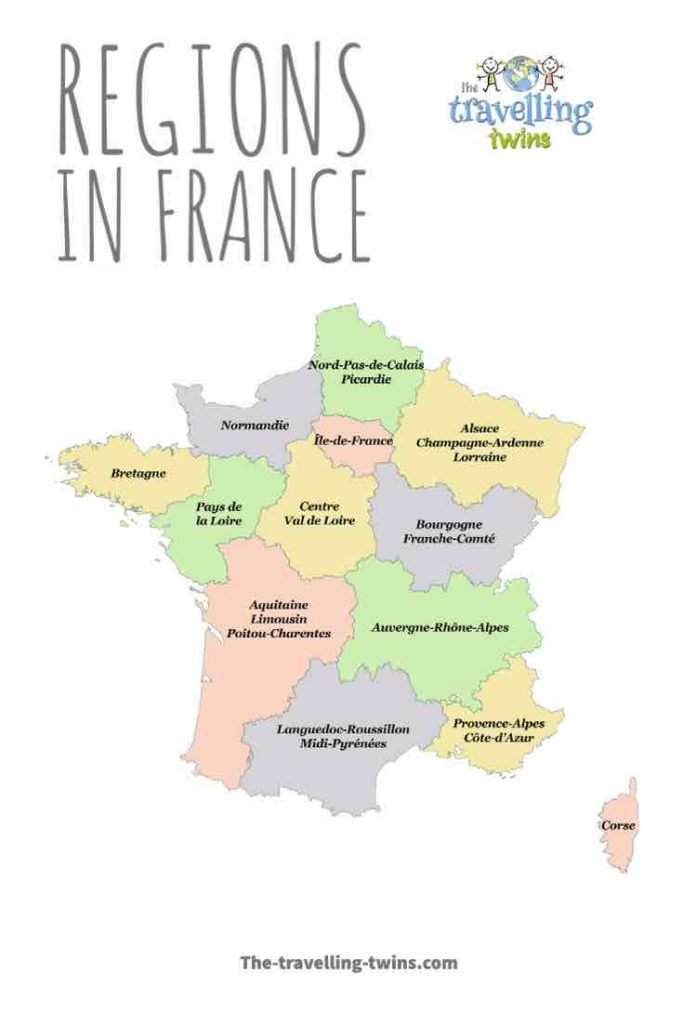
Regions of France
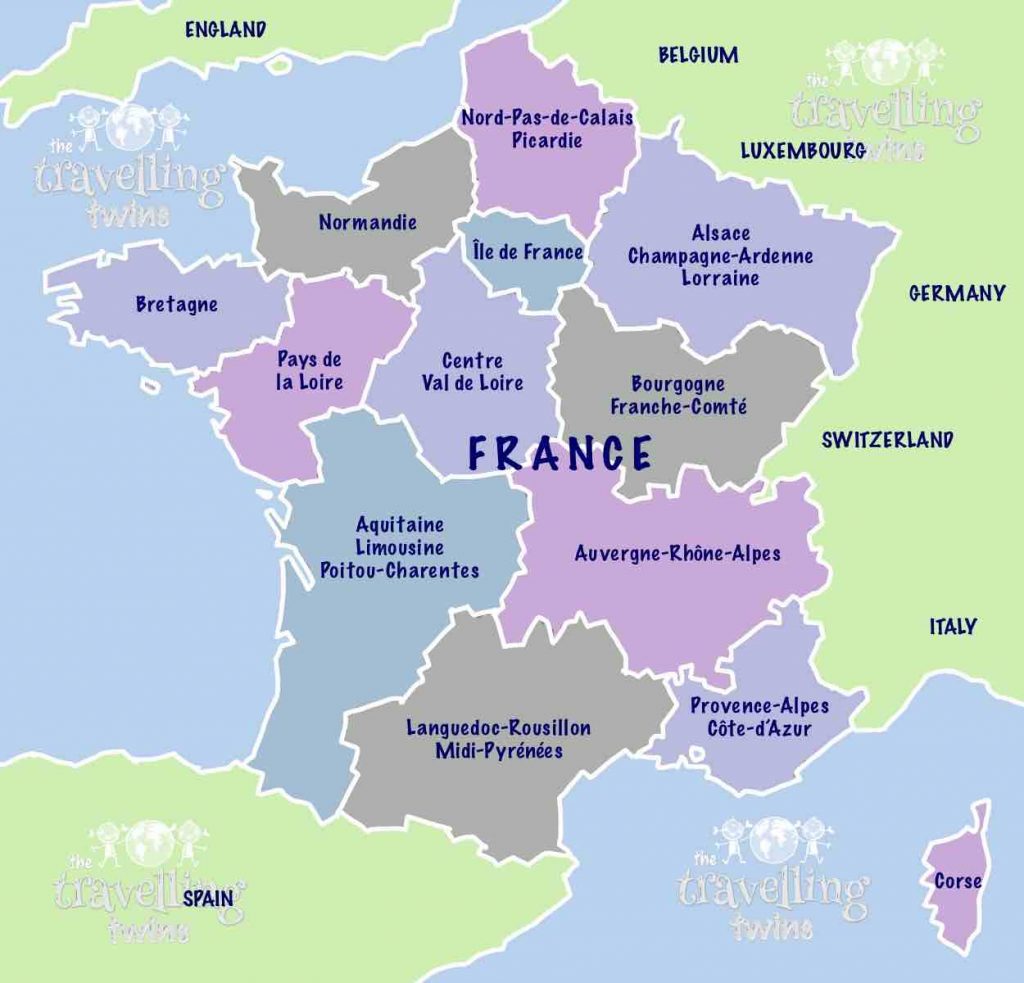
Auvergne-Rhône-Alpes
Created in 2016, the Auvergne-Rhône-Alpes region is located in east-central France after the merging of former regions of Rhône-Alpes and Auvergne. It consists of the departments of Cantal, Allier, Haute-Loire, Puy-de-Dome, Savoie, Ain, Haute-Savoie, Drome, Isere, and Ardeche.
It is surrounded by other French regions as follows – Bourgogne-Franche-Comte and Centre to the north, Provence-Alpes-Côte d’Azur and Occitanie to the south, and Nouvelle-Aquitaine to the west. It is bordered on the eats by Switzerland and Italy.
There three main cities in Auvergne-Rhone-Alpes, Lyon, St. Etienne, and Grenoble as well as numerous French suburbs of Geneva. It is one of the largest and most prosperous regions of France.
Lyon is the third-largest city in France and home to plenty of attractions. The city was found some 2,000 years ago, thus most of its parts are like a living museum.
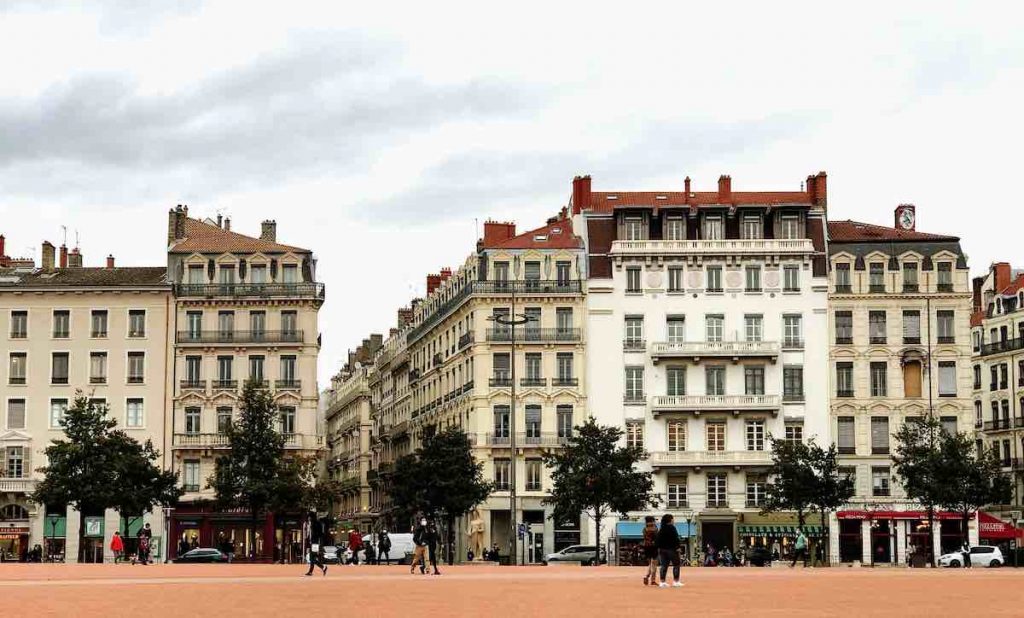
Chamonix, a ski town with attractions such as the Aiguille du Midi and the Sea of Ice is also important in the region.
One of the highest peaks in Mont Blanc massif, L’Aiguille du Midi (3,842 meters) is accessible by cable car and offers visitors unique vistas, and happened to be the highest attraction in the whole of Europe and one of the most recognizable natural landmarks in France.
The Auvergne-Rhone-Alpes is also home to three of the largest lakes in France, namely Lac Leman, Lac du Bourget (the deepest and largest lake in France), and Lac d’Annecy.
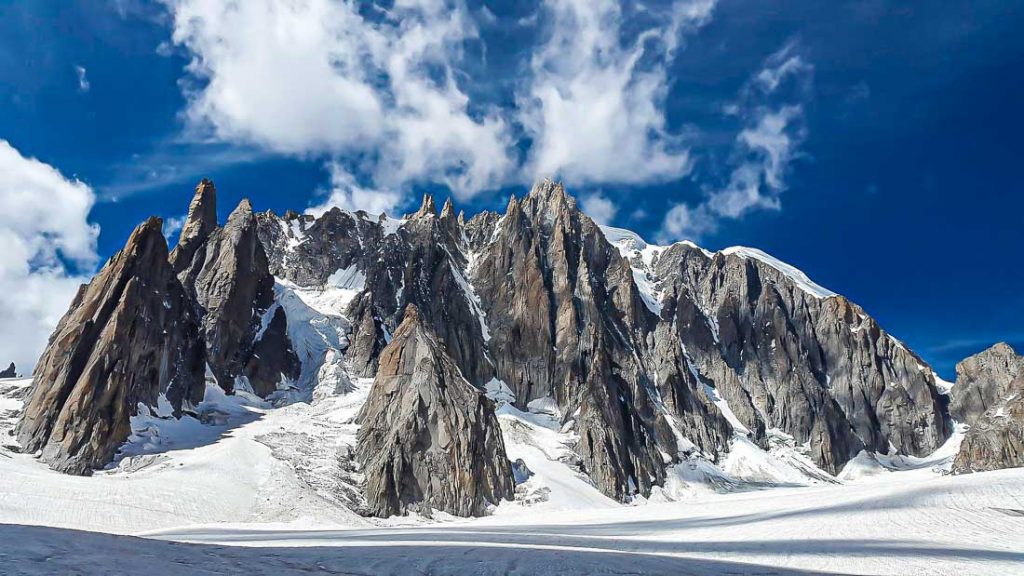
Bretagne
Bretagne or Brittany is a cultural region located in the western parts of France in what used to be known as Armorica during the Roman era. The region was an independent kingdom and then a duchy, before joining up with France in 1532.
Since the region shares etymology with Great Britain, it is sometimes referred to as Little Britain or Less, Lesser Britain. Brittany is bounded by the English Channel to the north, Pays de la Loire to the southeast, Normandy to the northeast, the Bay of Biscay to the south, and the Atlantic Ocean and the Celtic Sea to the west.
Brittany is home to some of the oldest standing structures in the world, including the Tumulus Saint-Michel and Barnenez. The region is also comprised of five departments; Cotes-d’Armor, Finistere, Ille-et-Vilaine, Loire-Atlantique, and Morbihan.
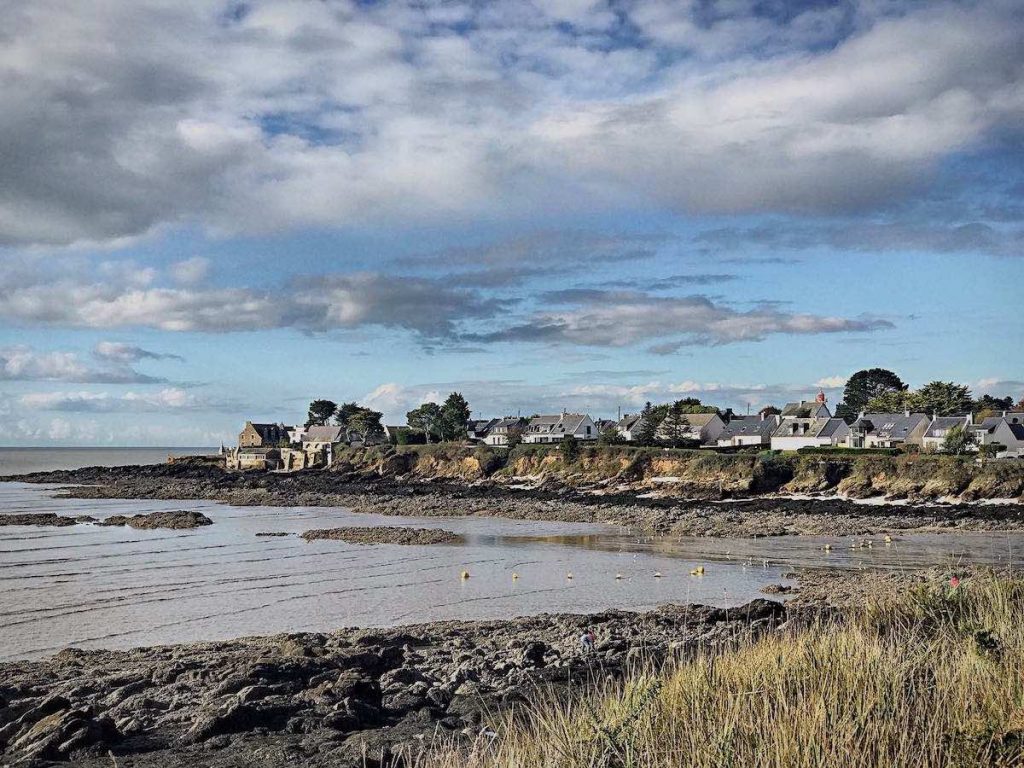
The region heavily relies on agriculture and thanks to decades of modernization and technological adoption, farming in the region is highly efficient and extremely productive.
Because it is bathed by both the Atlantic Ocean and the English Channel, Brittany is home to some of the most wonderful coastal landscapes.
Bourgogne-Franche-Comté
It may be smaller in size compared to other regions, but the Burgundy region has had a huge impact on the world of wine. It comprises the eastern half of the newly formed Bourgogne-Franche-Comté region and it plays an important role in communication between Lyon and Paris. It is also a stopover for anyone traveling on the motorway or by train between the capital Paris and Lyon or northeast and south of France.
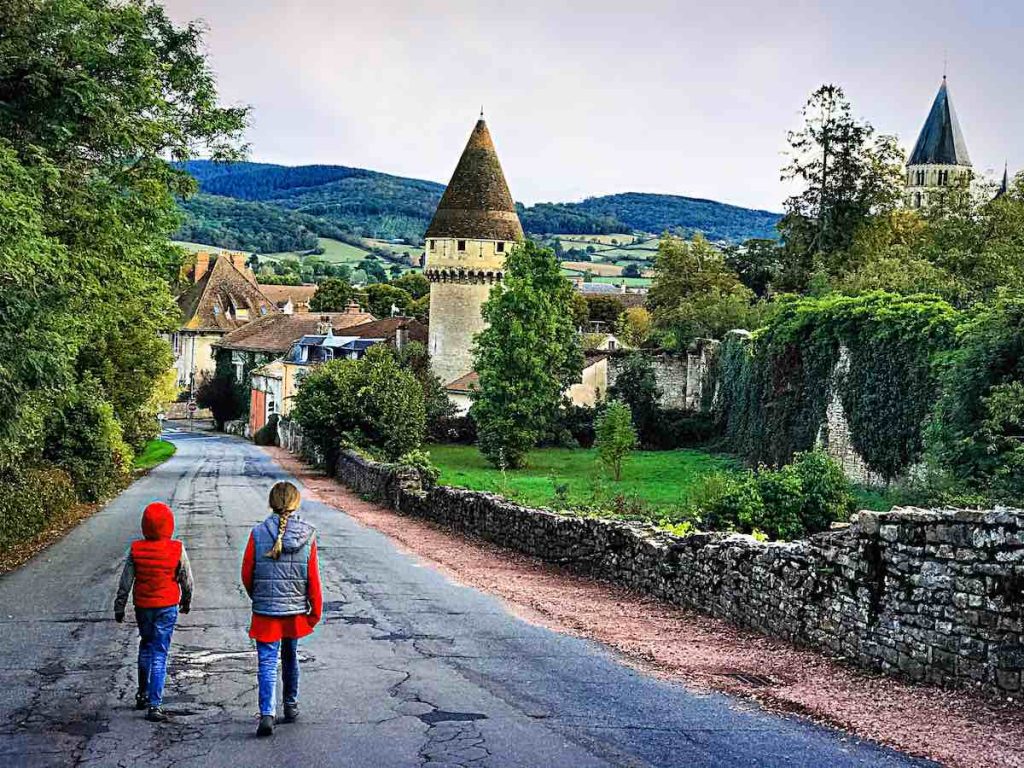
The capital of Burgundy in Dijon. The city lies just an hour and forty minutes from Paris city center via a TGV high-speed train. The city of Dijon is known for its historic city center that features narrow streets fringed by houses built in pale honeyed-colored stone. But the points of attractions in the city center are the gothic Cathedral of Saint Benigne and the Palace of the Dukes of Burgundy. Nevertheless, the entire Dijon city centre is a UNESCO world heritage site.
Apart from the city of Dijon, Burgundy is also known for its historic vineyards that produce some of the most expensive wines on earth. Most of the wines are produced on a tapered strip running from Dijon towards the south, Cotes de Beaune, and on the western edge of the Saone plain.
Burgundy is a well-connected region in terms of roads and trains and it is easy to access from Paris and other major cities in France as well as the neighboring city of Geneva.
Corse (Corsica)
Corsica is an island region in the Mediterranean Sea and the fourth largest island in the Mediterranean. It is southeast of mainland France, north of Sardinia Island, and west of the Italian Peninsula.
It is one of the least visited of the large islands in the Mediterranean, but with plenty of attractions including some historic sites, beautiful landscapes, and warm and sunny weather along its coast. The sea waters are calm and shallow around the island, which is ideal for watersports and diving, while the inland mountains and peaks are great for climbers and hikers.
The largest city and capital of Corsica is Ajaccio, which is situated on the western shores of the island and 360 kilometers southeast of the city of Marseille. Ajaccio is also the birthplace of Napoleon.
According to historians, the island of Corsica was formed around 250 million years ago after a granite backbone was raised on the western side, and around 50 million years ago, a sedimentary rock pressed against this granite to form the schist of the eastern side.
Corsica is divided into two departments – Corse-du-Sud and Haute-Corse, which were merged in 2018 to form Corse.
Center – Val de Loire
Centre-Val-de-Loire is a region occupying central France and surrounded by Ile-de-France and Normandy to the north, Auvergne-Rhone-Alpes to the southeast, Bourgogne-Franche-Comte to the east, Pays de la Loire to the west, and Nouvelle-Aquitaine to the south.
This region is divided by the Loire River in the Paris Basin, and despite its central location, it is one of the most sparsely populated regions in France. Also, unlike many other regions in the country, Centre Val-de-Loire is not historical, and its name might just imply the area between the Loire Valley and the Paris region, which for many centuries, was the center of the French Kingdom.
Centre Region consists of six departments – the Eure et Loir, the Loiret, the Loir et Cher, the Cher, the Indre et Loire, and the Indre.
The northern parts of the Centre consist of la Beauce, a region known historically for being one of the breadbaskets of the French people. The main city in Beauce is Chartres and is famous for its incredible cathedral. The northern part of Centre Val-de-Loire is also very close to Paris, with trains departing and arriving at Centre’s capital Orleans almost every hour.
Grand Est
Spanning an area of 22,175 square miles, Grand Est (Alsace, Champagne, Lorraine) is the fifth largest region in France and the only region that straddles three water basins – Seine, Rhine, and Meuse. It shares a border with Germany, Belgium, Switzerland, and Luxembourg.
This region was created in 2016 by the merging of former regions of Lorraine, Alsace, and Champagne-Ardenne. Besides sharing a border with a number of European countries, Grand Est also borders the regions of Ile-de-France, Hauts-de-France, and Bourgogne-Franche-Comte.
Its location makes Grand Est a fascinating cultural melting pot.
The largest city in the region is Strasburg, a diverse city near the German border. While Strasburg is clearly an important city in Grand Est, cities like Metz, Nancy, and Reims are also great destinations for nice weekend getaways.


Champagne, just as its name suggests, is where the entire region’s wine comes from. Its rolling hills are covered by vineyards and people can taste champagnes in the commune of Epernay. Besides the wine, this area usually transforms into a spectacle after the harvest of the vineyards, with the fall colors.
Hauts de France (Nord Pas-de-Calais-Picardie)
This is the northernmost region in France and was created when two regions – Picardy and Nord-Pas-de-Calais were merged. It is home to the departments of Nord, Aisne, Pas de Calais, Oise, and the Somme.
Hauts de France is one of the most popular destinations for historians coming to see the numerous war memorials and battlefields from the First and Second World Wars. The region is also well-linked to the United Kingdom with regular ferries between Calais and Doer and the Channel Tunnel offering Eurostar rail connections to London.
Lille is the largest city in the region but there are also other notable hubs such as Saint-Quentin, Amiens, and Dunkirk that are worth a visit.
With a population of more than 6 million people and a population density of around 190 people per square kilometers, Hauts de France is the third most populous region of France and the second-most densely populated in Metropolitan France.
Hauts de France is one of the richest French regions contributing 6.9% of the country’s total economic output.
Ile De France
Last but not least, department Ile de France is the most populous region of all the regions. It is located in the north-central part of continental France and, ladies and gentlemen is the home of, drumroll, the city of Paris.
To most people visiting France, there is no need of leaving Ile de France, since most of the country’s major and popular attractions are located in this region.
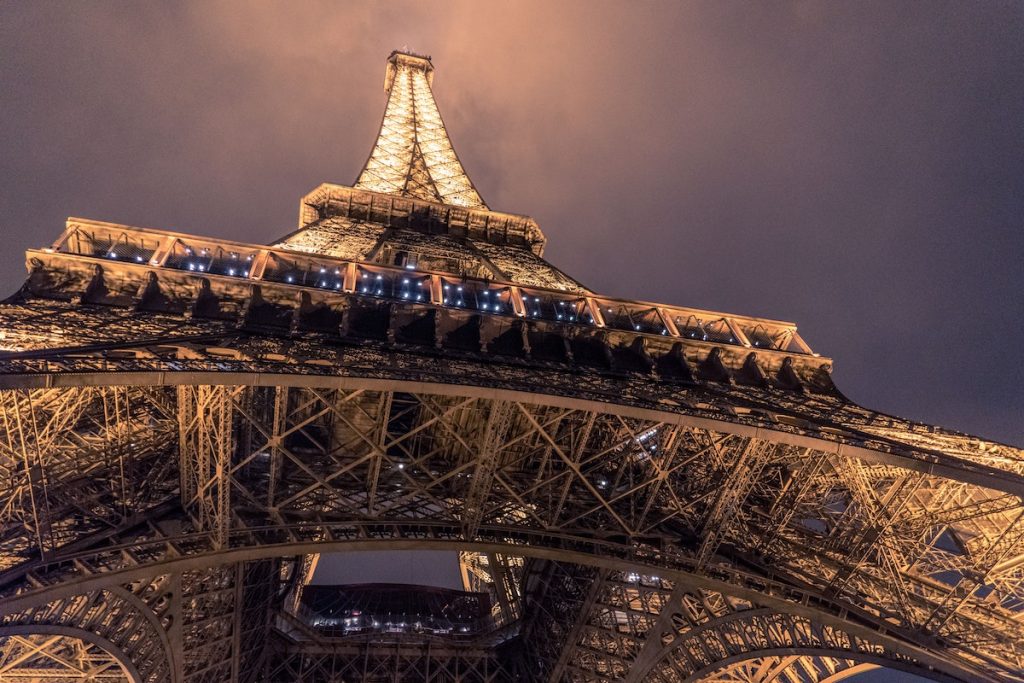
Paris is the largest city in this region as well as the whole of France and the second most visited city in Europe and among the top ten most visited cities in the world. Paris is home to iconic landmarks such as the Louvre – the biggest museum in the world , the Eiffel Tower, and Disneyland Paris.
Apart from Paris, Ile de France is also home to cities such as Versailles (of the Chateau de Versailles and the gardens of Versailles), Saint-Denis, Provins, and Fontainebleau.
Nouvelle-Aquitaine Region
Nouvelle-Aquitaine (Aquitaine, Poitou-Charentes, Limousin) is the largest administrative region in France, stretching from the West to the southwest of the country.
The largest and capital city of this region is Bordeaux. It is also known for being the capital of wine and for having many more historic buildings than any city in France except Paris. Bordeaux city center is a World Heritage site thanks to its collection of 1700s architecture. One major architectural structure in the city center is the Place de la Bourse but you can also check out the gate of Port Calihau, Pont-de-Pierre, Monument aux Girondins, and Grosse Cloche belfry.
Outside the town, there is the valley of the Dordogne River, which is famous for being a bloody battleground in the century-old war between the 14th and 15th centuries. As a result, the area around the valley is scattered by military castles.
With 270 kilometers long Atlantic coast, Nouvelle-Aquitaine is also home to some of the most beautiful beaches in Europe. Most beaches in the region are suitable for various watersports such as kite-surfing and bodyboarding.
Normandy Region
Normandie, as it is known in French, is a cultural and historic region in northern France consisting of the departments of Calvados, Manche, Seine-Maritime, Eure, and Orne.
But perhaps Normandy will always be remembered for being the battleground of the “D-Day in 1944. At the time, the region was under the occupancy of the Nazis but the Allied troops fought it back in one of the deadliest battles of World War II.
Today, the beaches and inland areas are home to many war memorial sites and museums in dedication to those who fought through as well as those who died during the war.
Cane, Rouen, and Le Havre are the three most popular cities in the Normandy region.
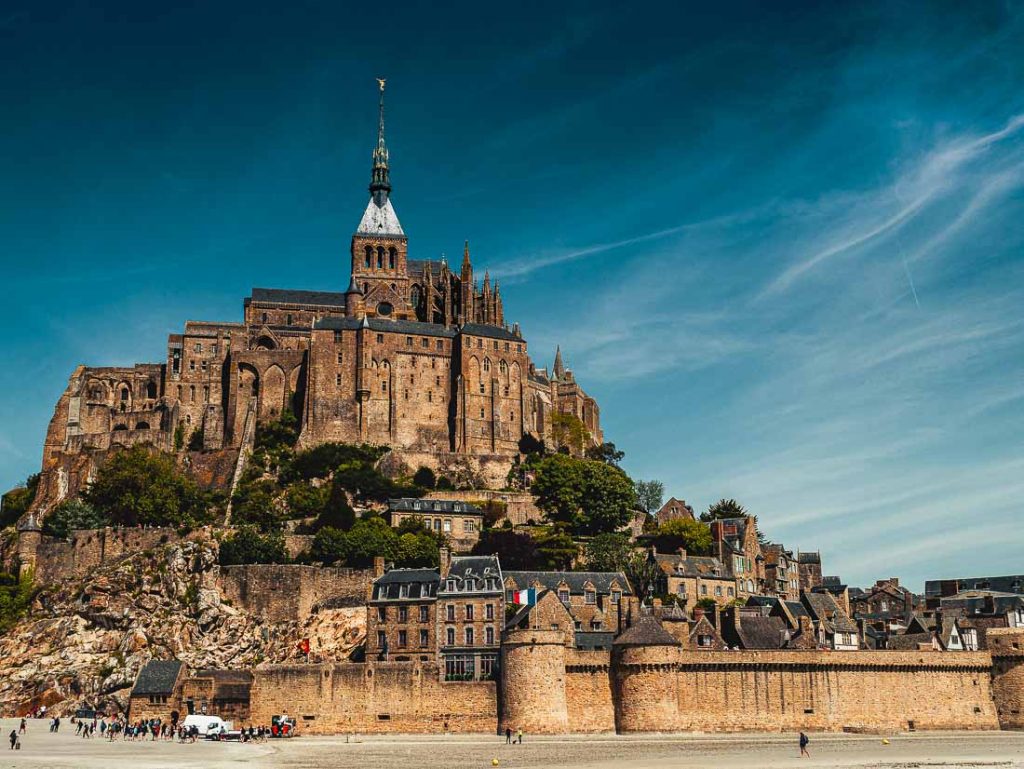
However, nothing captures the attention of tourists in Normandy than Mont-Saint Michel Abbey. This small island/mainland depending on the sea levels is a UNESCO world heritage site and one of the most-toured locations outside Paris. Visitors can tour the abbey along with the small villages beneath it.
Occitanie Region
This is the southernmost region of Metropolitan France without adding Corsica. It is one of the newest administration regions having been created in 2016 from the former regions of Midi-Pyrenees and Languedoc-Roussillon.
Occitanie has some incredible diversity of landscapes and is known for being a haven for outdoor activities. It is also one of the sunniest regions in France.
Toulouse is the largest and capital of Occitanie. The city is known for being the aeronautical capital of Europe, as it is home to the largest space center in entire Europe. Toulouse’s city center is compact enough to explore on foot and you can discover numerous charming churches, chapels, narrow streets, rich culture, breathtaking architecture, and sumptuous buildings.
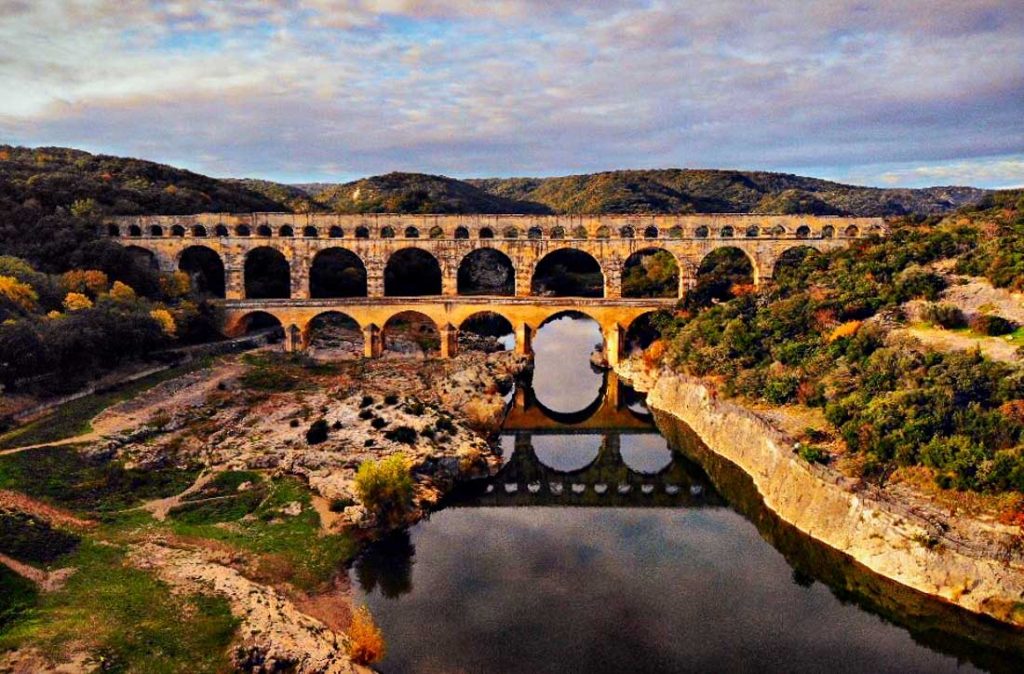
The Pont du Gard aqueduct is perhaps the most famous site in Occitanie. It was built by the Romans in the 1st century AD to carry water from Eure in Uzes to Nimes. Today, the aqueduct is a UNESCO world heritage site.
Pays De La Loire Region
The newly created region, the Pays de la Loire is home to the famous town of Nantes, which was once the capital of another French region Britany before boundaries were changed. Pays de la Loire used to be a part of the Britany province, and today it covers the area south of Normandy and Britany along the Loire River, the longest river in the country.
The region comprises four departments – the Loire Atlantique and the Vendee, both along the coast of Atlantic, the Sarthe, the Mayenne, and the Maine et Loire in the inland.
Nantes is the largest and regional capital and with more than 270,000 people, it is the sixth-largest in France. It is also the largest economic center in the northwest region of France. The city used to be an important seaport and acquired a great deal of wealth during that time. Today, most of its shipping activities have been moved to Saint Nazaire.
The hilltop hamlet of Sainte-Suzanne above River Erve is one of the top attractions in the region and has been around since the 6th century BC. It is categorized as among the “Most Beautiful Villages in France.”
Pays de la Loire is also known for being the home to Chateau des Ducs de Bretagne. It is the last chateau along the Loire River before it enters the Atlantic Ocean. Inside the castle is the Museum of Nantes, where you can find more than 850 exhibits that can help you piece together the history of the region and the city.
Provence-Côte d’Azur
The south-eastern region of France become worldwide known after the novel A Year in Provence become an international bestseller book. Provence is known for its lavender fields, nature reserves, beautiful landscape, and stunning Mediterranean coastline. As a result, it is one of the most visited regions in France both by domestic and international tourists.
Unlike most parts of the country, Provence enjoys nearly 300 days of sun every year, making it one of the sunniest regions. This also explains why tourists like to frequent the area all year round.
The town of Grasse in Provence is known worldwide for being the capital of perfume as it is responsible for more than three-quarters of the world’s fragrances. The town also attracts millions of visitors every year, who come to discover more about scents.
This region has also inspired a host of artists including Monet, Picasso, Van Gogh, Cezanne, and Matisse among others. Most works by these artists were inspired by the beauty of the Provence.
Though Burgundy Region is the most famous when it comes to wines, Provence is the first and oldest wine-producing region in France. History has it that grapevines were introduced to the region by the Phoceans more than 2,000 years ago when they found Marseille.
With that being said, Marseille is the largest city in Provence and the third largest in France, with two million inhabitants.
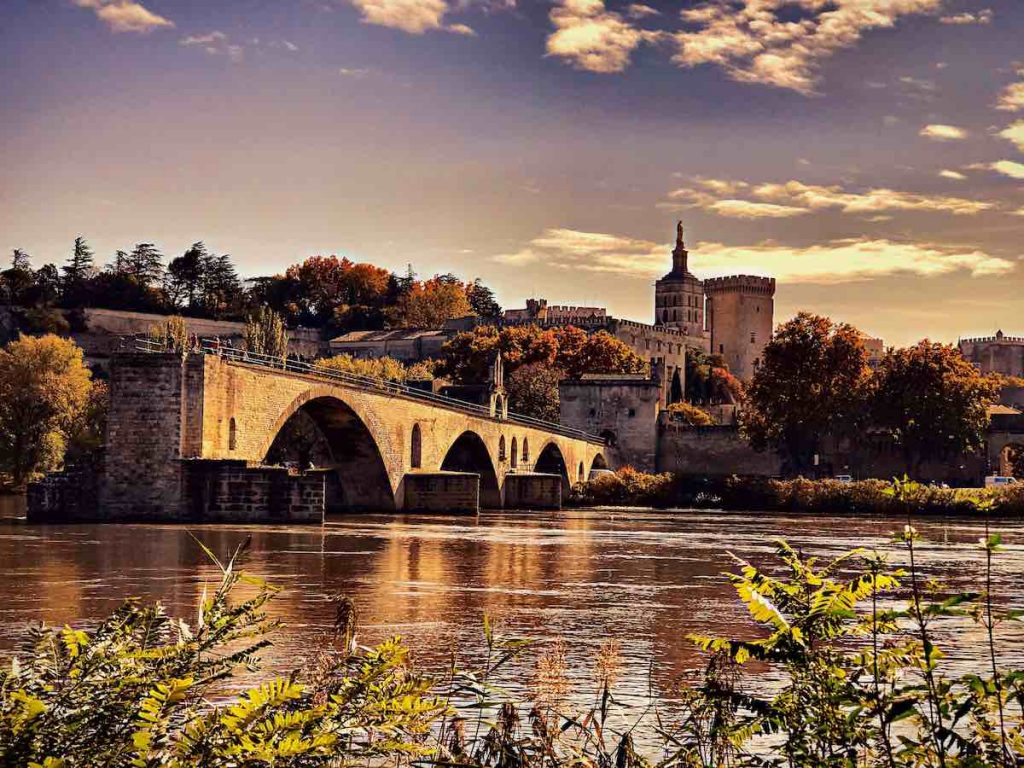
Avignon, also in Provence, is a UNESCO world heritage city and was a major artistic town in France for centuries. The center is located along the River Rhone and is famous for the Pope’s Palace. It also has numerous museums, churches, chapels, and of course the lavender fields and gnarled vines.
Regions of France Special Note
These 13 regions are the departments located in continental France. However, the country also has overseas regions, five to be precise, which brings the total regions of France to eighteen. The five overseas regions include Guadeloupe, Guyane (French Guiana), La Reunion, Mayotte, and Martinique.
Departments in France – Pin it



Privacy Policy Disclaimer
This website uses affiliate links for income and support.
If you like our website, please consider using these links. You will be directed to the vendor, and we will get a small commission on your purchase price at no increased cost to you.
We have researched facts stated here as far as practicable but please check anything critical before committing your time and money. We do not claim any special knowledge or expertise, and we are not consultants for our readers.